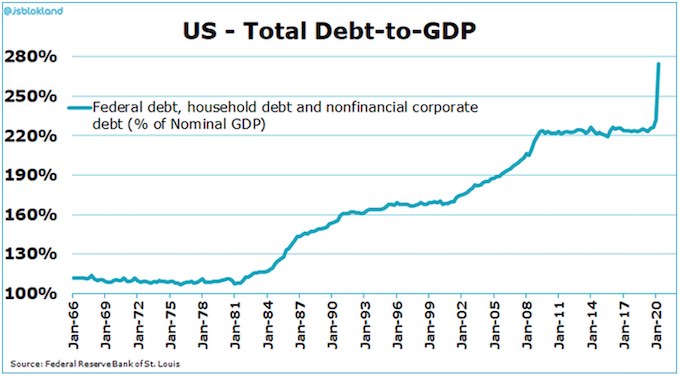Keep connected
Our investment management team is made up of engaged thought leaders. Get their latest commentary and stay informed of their frequent media interviews, all delivered to your inbox.
John Zechner
December 31, 2020
The case to overweight traditional cyclical equities like industrials at the expense of tech equities is becoming stronger. The premise behind this recommendation is multifaceted. Industrial equities trade at a large discount to tech stocks but a catalyst is needed to convert this relative valuation into higher returns. The vaccine rollout, which will supercharge a global economic recovery, is one such ingredient. The continued pick-up in Chinese capex and imports is another. Stronger commodity prices and a weaker dollar round up the list of international factors that will favor industrials at the expense of tech stocks. An important domestic force is also at play. Over the past three years, spending on tech goods absorbed an ever-expanding share of U.S. corporate investments. This process created a potent tailwind in favor of tech earnings, which led to the massive outperformance of tech equities relative to industrials. However, this cycle seems to have exhausted itself for now and low interest rates, a weak dollar, and robust industrial activity are boosting demand for traditional capital goods at the expense of tech spending. While tech spending will continue to grow, we should see some shift from the dominance it has shown over the past few years. This should also be reflected in some relative under-performance of technology stocks relative to the rest of the indices, which could be a headwind for overall markets since the tech stocks have become such a dominant part of most core stock indices.
Within the precious metals space, we have a great focus on silver over gold currently. Silver is a key component in the solar industry, which is poised for big growth. Solar investments account for 18% of silver industrial demand and about 10% of overall demand for the metal. Silver is also used in 5G network equipment, and the expansion of 5G networks will be a major driver of electronics silver demand over the next two years. The rapid development of 5G network infrastructure and rising demand for high-speed internet access should become the new pillars” supporting the network upgrade and boosting silver. The most direct play on silver is the U.S. Silver ETF (SLV) but we also look at some Mexican and Canadian precious metals producers that have a higher content of silver over gold in their production profiles (e.g. Agnico)
Looking ahead to 2021 we keep looking for signs of risk factors that could interrupt the strong market gains. One indicator of stock-market euphoria flashed red last month as investors borrowed a record $722.1 billion against their investment portfolios through November, according to the Financial Industry Regulatory Authority, topping the previous high of $668.9 billion from May 2018. The milestone is an ominous one for the stock market—margin debt records tend to precede bouts of volatility, as seen in 2000 and 2008. The other development that hasn’t changed and, in fact, has worsened, is the total debt, as we come out of the crisis with debt at every level of society (government, business and consumer) at a whopping 365% ratio to GDP. At the end of 2019, that metric was 326%. We never managed to reset the debt ratio that touched off the 2008/09 crisis and in just two quarters, added as much to it as we did in the previous ten years combined. In a time of crisis like 2020, we are not supposed to worry about how much debt is built up as long as it is put to productive means, as it was post World War II. Also, with record low interest rates, the servicing of this debt has been manageable. However, the holders of this debt have to be convinced that there is some plan to ultimately redeem it, or else why would they invest any more. Maybe that’s why we’re starting to see more and more weakness in the U.S. dollar!
Finally, with all the negative scenarios, high valuations and other market risks we have been talking about, how can we possibly justify continuing to maintain an overweight position in stocks? The answer is that we believe we are back into the early phase of a new economic expansion and the outlook over the next decade is quite positive despite the ever-present short-term risks. With both the 2020 pandemic and the 2008 Financial Crisis, those who sold on bad news and waited for the economy to recover to get back into the market would have missed out on the bulk of the stock market upside. As emotionally harrowing as sizable selloffs may be, history shows that the vast majority of investors are better off not trying to hop in and out of the market. Someone who isn’t invested on just a handful of the market’s best days will miss out on big returns over the long run. The returns of a hypothetical investor who put $10,000 into an S&P 500 index fund at the start of 1980 and missed the market’s five best days through the end of August 2020 would be 38 percentage points lower than those of someone who stayed invested the whole period, according to a Fidelity Investments Inc. analysis. What the long-term investor needs to think about is over the next year or next two years: Is the economy going to grow? Are corporate earnings going to grow? We think the answer to those points is yes, and because of that, we think the market has a pretty good foundation.
Our investment management team is made up of engaged thought leaders. Get their latest commentary and stay informed of their frequent media interviews, all delivered to your inbox.